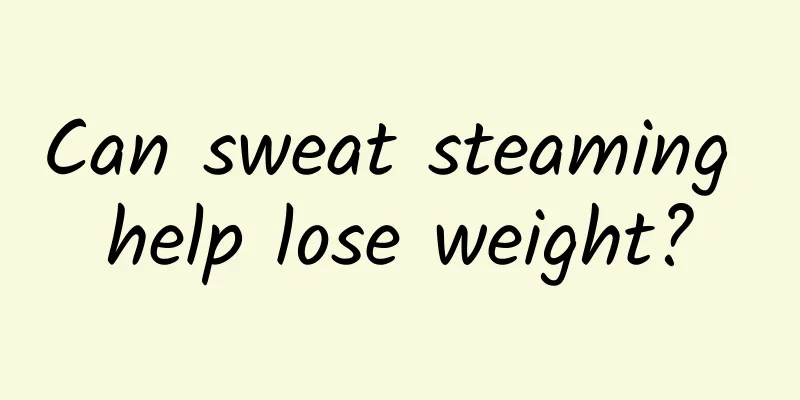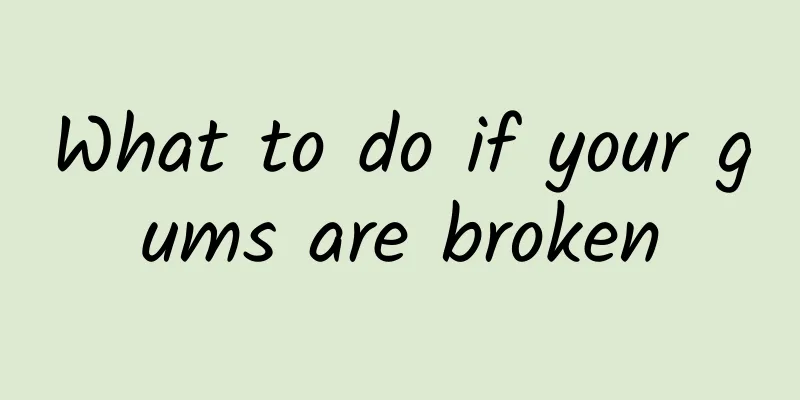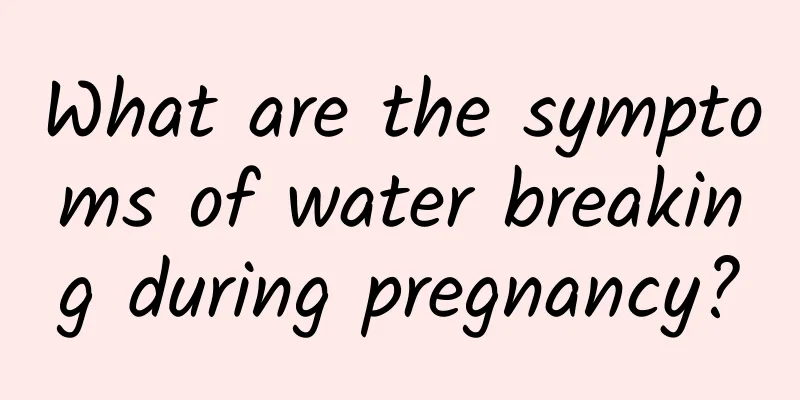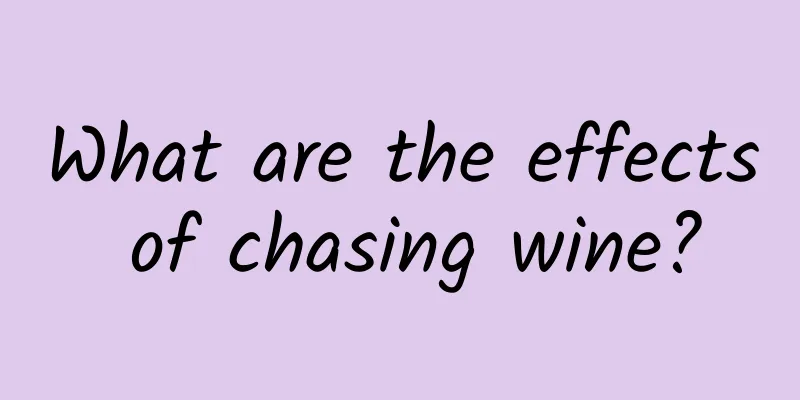Wart Cryotherapy

|
What we commonly call warts are actually a skin disease caused by a virus. There are many scientific names for them, the most common of which is common warts. Many people find warts scary and think they are an incurable disease. In fact, warts are incurable only when they appear in special parts. Generally, they can be treated with freezing technology. So what should we pay attention to in cryotherapy? Warts, also known as thousand-day warts, warts, dry tendon arrows, regret warts, etc., are commonly known as thorn warts. Its characteristic is the growth of warts on the skin, which initially look like red beans and flower stamens, and fall off over time. Warts are mostly caused by wind, heat and toxic evil attacking the skin; or by anger stirring up the liver, which leads to liver hyperactivity and dry blood, and poor nourishment of tendons and qi; they can also be caused by trauma and infection, and are more common on the face and back of the hands. In the early stage, needle-sized papules appear on normal skin, which gradually develop into soybean-sized or even larger thorn-like protrusions; the boundaries are clear, the surface is rough and dry, and it is papillary hyperplasia, uneven, and easy to bleed when forcibly peeled off; the number is uncertain, initially there is only one, and due to itself, it gradually increases to several or even dozens after inoculation. The normal skin color and texture are hard, which can be seen in the common warts diagnosed by modern medicine. At present in the country, except for genital warts, the overall canceration rate of other symptoms is relatively low. Traditional Chinese medicine believes that warts are caused by the boiling of evil heat, and treatment focuses on clearing heat. Cryotherapy is a treatment method that utilizes the physical properties of cooling substances to reduce the skin temperature of local diseased tissue, cause capillary contraction, tissue cell necrosis, and local sensory paralysis, thereby achieving the goal of removing warts or purulent granulomas. The most commonly used cryogen is liquid nitrogen. How to do it: 1 . Cotton swab method Suitable for small superficial lesions. Use a cotton swab dipped in liquid nitrogen to directly contact the skin lesions, gently press to cause local edema or repeatedly press deeply to cause it to freeze hard and turn white. For more severe cases, thaw and press repeatedly up to 3 times. During treatment, patients may feel stinging pain in the frozen area, but can generally tolerate it. At the end of the treatment, the skin tissue is frozen and turns white, and after a few minutes the local area thaws and becomes swollen and painful, and erythematous blisters appear within 1 to 2 days. Generally, the scab will fall off and heal on its own within 1 to 2 weeks, with temporary pigmentation or hypopigmentation spots locally. 2 . Spray method It is suitable for deep skin lesions such as large areas, uneven surfaces and tumors. It can also be used to treat oral lesions. Liquid nitrogen evaporates in the treatment device to generate pressure, which is then sprayed out from the nozzle onto the skin lesions to achieve the treatment purpose. 3 . Closed contact therapy Suitable for the treatment of deeper skin lesions. A special treatment machine is required. Liquid nitrogen is sprayed onto the cryotherapy head through a catheter and then placed on the affected area for treatment after cooling. In this method, liquid nitrogen can be continuously sprayed on the freezing head to keep it at a low temperature. Note:
1. After treatment, keep the wound clean and dry. 2. The occurrence of blisters, blood blisters and peeling are normal phenomena of cryotherapy and generally disappear on their own. 3. When the blister is too large, use a sterile syringe to puncture the blister wall to release the blister fluid, while keeping the blister wall attached to the skin surface to reduce the chance of secondary infection. 4. If the condition requires repeated treatment, it should be done after the scab falls off. Prohibited symptoms and personnel 1. Raynaud's disease, severe cold urticaria, cryoglobulinemia, cryofibrinogenemia, and severe frostbite. 2. Patients with severe ulceration or infection in the affected area. 3. The elderly, young children, and the weak cannot tolerate cryotherapy. 4. Patients with diabetes or those using glucocorticoids for a long time should use it with caution. |
<<: What to do if warts grow on your arms
Recommend
The effect of drinking Lulutong in water
There are many small round holes on the surface o...
What causes gastroptosis?
Some people in life are always too self-indulgent...
What causes acne along the hairline?
Acne is a common skin problem. Acne is also calle...
Symptoms of Myelitis
Perhaps many people don’t know much about myeliti...
Lower back pain during ejaculation
Sex life is wonderful, but many people cannot enj...
The swollen foot will heal in a few days
If the sole of your foot is hit by something and ...
Symptoms of acidic body
With the development of society, people's liv...
Can I have sex while taking kidney-tonifying Chinese medicine?
In real life, many men lack confidence due to kid...
What causes hair to become thinner?
If you find that your hair is getting thinner, th...
Can I still boil overnight Chinese medicine?
Chinese medicine is usually boiled on the same da...
How to prevent cerebral infarction? Four measures are most effective
Cerebral infarction is a common clinical symptom....
What is normal blood pressure?
Whether a person's blood pressure is normal d...
What mouthwash to use after tooth extraction
You cannot use mouthwash when you have just had a...
The role of testosterone propionate
Testosterone propionate has a wide range of effec...
Does blue light therapy work for acne?
Acne is a troublesome disease on people's fac...









